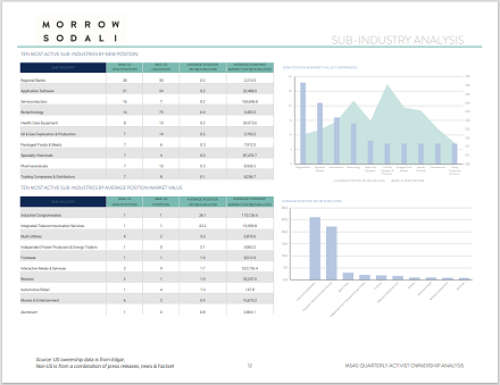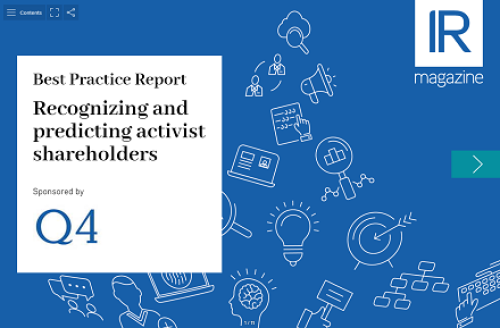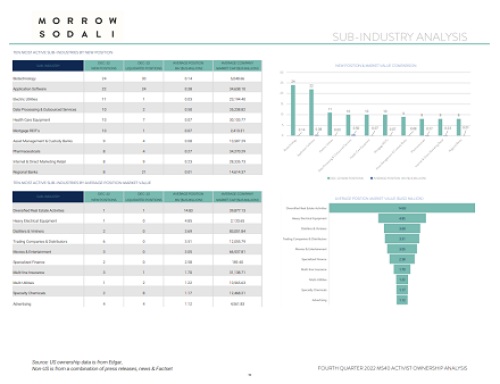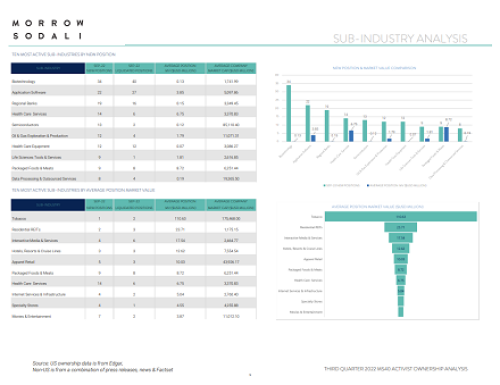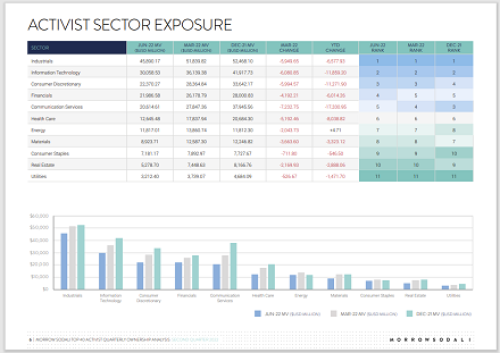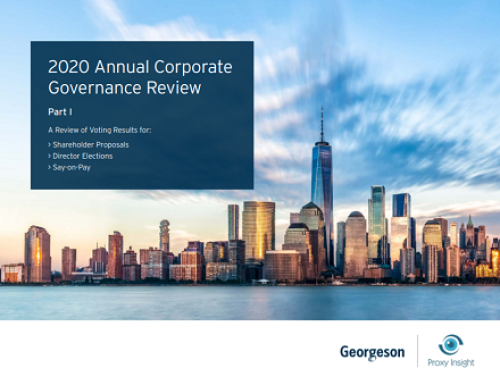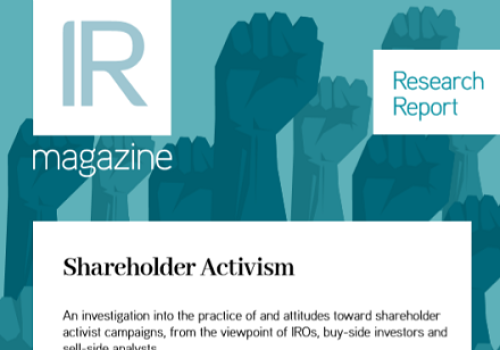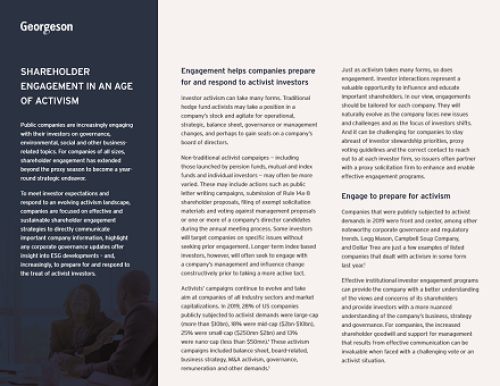An IPO always marks a significant milestone in a company’s trajectory. At this point, the business model is validated by the market assigning it a price and a valuation.
Regardless of the reasons motivating a company, however – whether it is for the founders to partially divest, finance growth through a capital increase, use the shares as a bargaining chip in acquisitions or increase brand awareness – going public is a risky decision.
There are many factors that influence the outcome of an IPO and for which the company can prepare. Going public is a process that requires months of work, during which the firm should operate as if it were already listed. Listing implies a cultural and mentality change that requires a period of adaptation, which should be as short as possible. The market will demand that expectations are met and quality information is provided from the outset.
Volatility and geopolitical risks may cause financial markets to shut down and make it difficult to position the company at any given time. This type of risk is often unpredictable and does not depend on the issuer.
The IPO price is another risk factor. The success of an IPO can be assessed from the perspective of the company’s founder, who is looking to make as much money as possible. While it may be tempting to exit at a high valuation, this is not always healthy. It can lead to maximizing the accounting results of the year on which the exit is based, which can affect future growth. The graveyards of the stock market are full of such examples.
Success is generally measured by a company’s ability to attract stable long-term investors and to achieve an increase in share price. The price investors are willing to pay is related to the company’s ability to grow. Failure to meet earnings expectations in the first six to 12 months can be lethal: investors will feel disappointed or even misled, causing them to sell their shares and making them unlikely to invest in the company again. The share price will be in the hands of short-term investors, which will increase volatility so it is necessary to set an IPO price that is attractive to potential buyers, always with the long term in mind.
Choose partners wisely
The choice of the placement bank is also a key issue. One or two international investment banks are selected, and a syndicate of underwriting banks is formed to manage the process and contact potential investors. They are the ones who have actual knowledge of how the placement is developing based on the investors’ purchase orders. Sometimes these purchases are limited to a price that may be lower than desired by the company.
It is important for the company to have a realistic view of investor sentiment and to avoid last-minute surprises, and it should be borne in mind that international banks often take several companies public at the same time. If the sale of one company stalls, they push the others. Having a small independent underwriter is often beneficial to know the reality of investor demand.
A proper presentation of the company, known as an equity story, is the letter of introduction to the market. This document should be concise and clear, including a brief description of the company, the dynamics of the market in which it operates and its relative position. It should also set out the company’s long-term objectives, how it intends to achieve them and how it differentiates itself from its competitors.
In the stock market, it is important to back up the company’s narrative and strategy with facts and figures. Do not forget to include the risks faced by the business model and how they are managed. It is likely investors don’t know the company but do know the industry in which it operates.
It is essential to include the metrics the company considers to be the best operational indicators of the business, as well as the financial indicators management considers most relevant. It is important to be cautious about the excessive use of so-called ‘alternative performance measures’. These non-accounting metrics, such as Ebitda, often show a more optimistic performance trend than accounting data. Regulators are increasingly vigilant about the use – and sometimes abuse – of this type of data.
Support from the top
It is crucial to have management, corporate governance and a board of directors with the capacity, experience and skills to establish a long-term relationship with investors and understand their needs. Investing in a company always involves an opportunity cost for investors relative to other investments they could make.
It may be thought that the time spent meeting with shareholders is taking away from running the company but it is important to recognize that this is an integral part of the business. Investors requesting meetings is a valuable intangible asset, never a burden.
Listing on a stock exchange also implies increased costs for the company. Reporting of results will be required on specific dates, with short deadlines for the closing of accounts and their publication. Results need to be communicated and explained to a wider group of stakeholders. More financial and operational data needs to be provided, with more breakdown, explained through IR and the communications department.
Generally, it is necessary to invest in upgrading accounting and consolidation systems, as well as improving internal information control processes. The company must improve its ability to estimate and forecast future results accurately. This is essential to maintain credibility among investors.
IPOs are a kind of bubble in which a large exposure to investors is achieved, a starting point from which you can build confidence. In the stock market, there are generally no second chances.
Ricardo Jiménez is an IR strategic adviser and commentator and the former award-winning director of IR at Ferrovial from its IPO in 1999 until 2020


